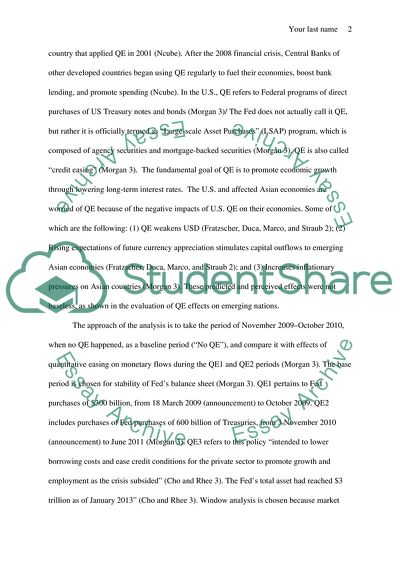Cite this document
(Evaluation of Three Quantitative Easing Periods in Asia Term Paper, n.d.)
Evaluation of Three Quantitative Easing Periods in Asia Term Paper. Retrieved from https://studentshare.org/macro-microeconomics/1823330-term-paper
Evaluation of Three Quantitative Easing Periods in Asia Term Paper. Retrieved from https://studentshare.org/macro-microeconomics/1823330-term-paper
(Evaluation of Three Quantitative Easing Periods in Asia Term Paper)
Evaluation of Three Quantitative Easing Periods in Asia Term Paper. https://studentshare.org/macro-microeconomics/1823330-term-paper.
Evaluation of Three Quantitative Easing Periods in Asia Term Paper. https://studentshare.org/macro-microeconomics/1823330-term-paper.
“Evaluation of Three Quantitative Easing Periods in Asia Term Paper”, n.d. https://studentshare.org/macro-microeconomics/1823330-term-paper.


